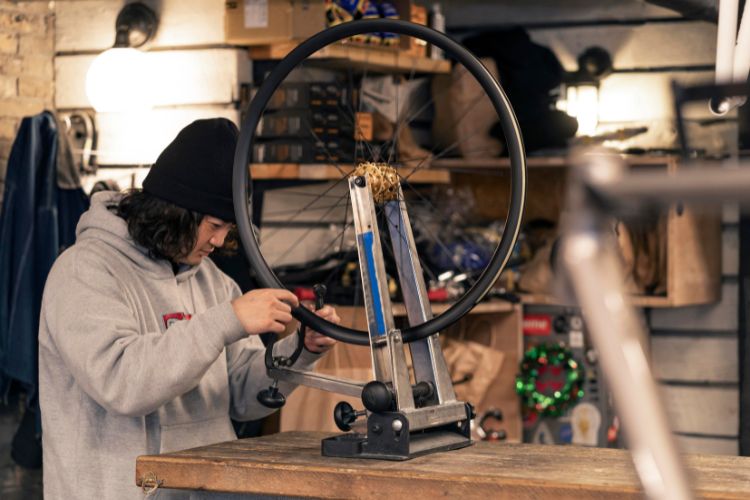Gimbal bellows are critical components in piping systems, absorbing angular, axial, and lateral movements. But manufacturing them isn’t always straightforward. How do manufacturers tackle precision, durability, and performance challenges while keeping costs under control? Leading gimbal bellows manufacturer experts share insights on overcoming common obstacles in this niche industrial sector.
Precision and Material Challenges
One of the first hurdles in gimbal bellows production is ensuring dimensional accuracy. Even minor deviations can affect system performance, causing leaks or premature wear. Choosing the right material—stainless steel, Inconel, or custom alloys—is equally critical. These materials must withstand temperature fluctuations, corrosion, and mechanical stress without deforming.
Expert manufacturers often implement rigorous quality control checks, including:
- Laser-guided measurement systems for exact dimensions.
- Advanced welding techniques to ensure uniform seam integrity.
- Material stress testing under simulated operational conditions.
Welding and Assembly Hurdles
Welding thin metal sheets for bellows requires skill and consistency. Poor welding can lead to cracks or weak points. Manufacturers often employ robotic welding combined with expert manual oversight to maintain quality.
Another challenge is proper assembly of the gimbal unit. Misalignment can affect movement absorption, leading to system strain. Industry leaders often use precision jigs and alignment fixtures to maintain consistency and reliability.
Working with Complex Designs
Modern piping systems demand custom and sometimes intricate bellows designs. Meeting these design requirements while maintaining performance is challenging. Partnering with a reputed gimbal expansion joints manufacturer in India ensures access to experienced engineers and advanced fabrication technology, making complex designs feasible.
Tips to Handle Complex Manufacturing:
- Utilize CAD simulations to predict stress points before production.
- Prototype with small batches to test functionality and durability.
- Regularly train technicians on new welding and forming techniques.
Maintaining Performance Under Operational Stress
Gimbal bellows often operate under extreme conditions, including high temperatures, pressure surges, and chemical exposure. Ensuring longevity requires testing that mimics real-world conditions. Many manufacturers now integrate accelerated life testing and finite element analysis (FEA) to predict how bellows perform over years of service.
For applications in specialized environments, learning How Are Metal Bellows Crucial in Vacuum Technology? can provide additional insights into design considerations and material selection, especially where vacuum or high-pressure resistance is critical.
Cost Management and Production Efficiency
High-precision manufacturing and material quality can drive up costs. Efficient production planning, lean manufacturing techniques, and modular component use can help reduce expenses without compromising quality.
- Implement predictive maintenance for manufacturing equipment to reduce downtime.
- Use standardized components where possible to cut production time.
- Adopt automation selectively to maintain both precision and speed.
FAQs
Q1: What materials are commonly used for gimbal bellows?
A1: Stainless steel, Inconel, and other corrosion-resistant alloys are widely used to ensure durability under varying temperatures and pressures.
Q2: How do manufacturers ensure leak-free bellows?
A2: Through precision welding, quality control checks, and rigorous testing under simulated operating conditions.
Q3: Can gimbal bellows be customized for unique piping systems?
A3: Yes, reputable manufacturers provide custom design services and use CAD simulations to ensure the bellows meet specific requirements.
Q4: How long do gimbal bellows typically last?
A4: With proper material selection, design, and maintenance, they can last many years, even in high-stress industrial environments.
Conclusion
Manufacturing gimbal bellows is an intricate process balancing precision, durability, and cost-efficiency. By addressing material selection, welding accuracy, design complexity, and operational stress, manufacturers can deliver reliable, long-lasting products. Partnering with experienced gimbal expansion joints manufacturer in India ensures access to expertise, advanced technology, and best practices, ultimately enhancing performance and client satisfaction. With continuous innovation and quality control, the industry is steadily overcoming traditional hurdles while meeting modern engineering demands.
Meta Description: Explore common challenges in gimbal bellows manufacturing and strategies to overcome them for reliable, high-performance industrial solutions.



